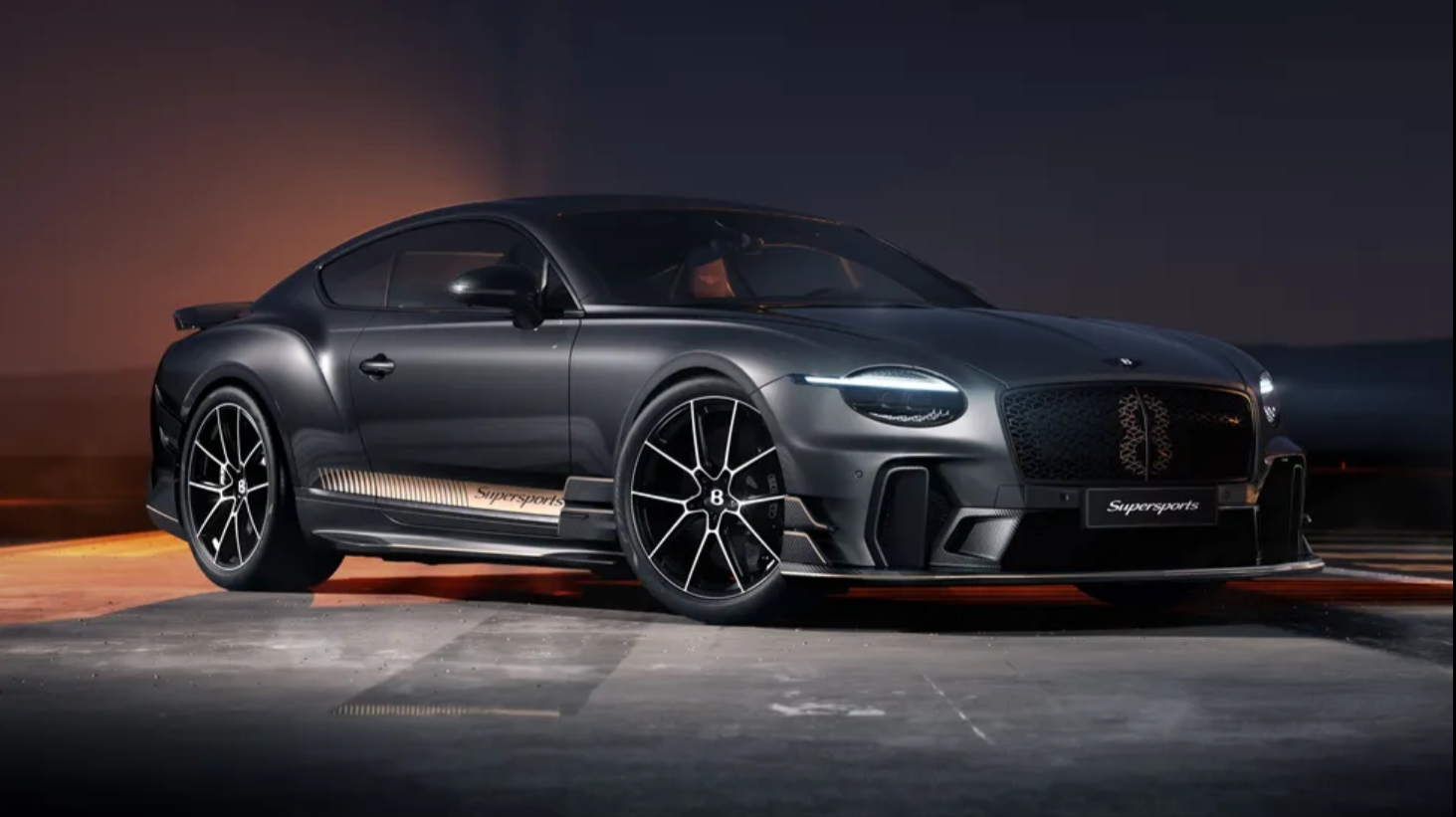The new BMW M5 is a 717bhp plug-in hybrid with a twin-turbo V8 at its core. But it could’ve been very different. Did you know that five years ago, BMW even considered making an M5 without an engine entirely?
We quizzed BMW M boss Frank Van Meel on how it chose between the various powertrain options. First, why not a small-battery, rapid discharge hybrid like the new Porsche 911 GTS, or the controversial Mercedes-AMG C63?
“We could not make a convincing proposal” said van Meel. “Yes, it is possible to have a [temporary] boost function. But a plug-in hybrid gives continuous electric power output and energy. This gives you more than a boost function. And it’s a bigger step [in performance] because we have 69km of electric range and 200 more horsepower. That’s more convincing.”
Van Meel also noted that his team did consider a fully electric M5, but disregarded it as current battery technology does not, in their opinion, offer the correct balance of sustained track performance and long-distance cruising ability than M5 buyers expect.
A totally electric M5 would have been weighty. But the new M5 is hugely heavy anyway: at 2,435kg for the saloon it’s in the ballpark of Bentleys and Range Rovers. Is van Meel worried by the bloat?
“For us, it makes sense to ‘go the whole way’ and get the full advantage [of electrification] rather than accept setbacks. “Yes the [PHEV] system adds 400kg of weight, but a normal hybrid system already adds 150-200kg.
“We wrote down the consequences of the weight and worked out where we need to be to have a different window of performance,” he said. “In motor racing, ballast is added to the floor of the car [to even up] balance of performance. That’s where we added our ‘ballast’ – the battery is in the floor with a lower centre of gravity [than the previous M5].”
Incidentally Porsche claims the new 911’s T-hybrid system only adds 50kg to the car overall, but the new hybrid C63 is around 300kg heavier than the car it replaced – despite having only four cylinders, instead of a V8. Did the M Division give a moment’s thought to also downsizing the engine, like AMG has?
“You would be crazy to have a four-cylinder,” says van Meel with the merest hint of a grin flickering across his face. “Then [the choice is] a six-cylinder: which gives a very long front end. And we need a big gearbox to cope with 1,000Nm.
"So the V8 is the best solution, because it is an emotional engine, but also compact.”

















.jpg)


.jpeg)

.jpeg)
.jpeg)

